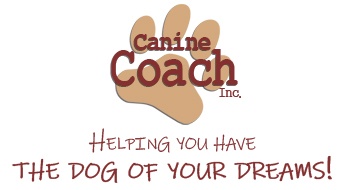What’s In A Dog’s Growl
Often clients will ask me, “My dog growled at (me, another dog, my neighbor, etc.), what should I do?” By growling, your dog is trying to tell you, in the least threatening way possible, that he feels uncomfortable with what is happening. So what you shouldn’t do is reprimand or punish him. By correcting him for growling, you will not only increase his fear or anxiety with the given situation, but you take away his ability to tell you of his discomfort. Next time he may be forced to skip the growl and communicate with a snap or a bite instead.
What you should do is make a note of as many details as possible surrounding the incident. Who was the growl directed at, and in what context? Was he guarding a valued object, person or place? Has he seemed nervous in the past around strangers, people in uniforms, children or men? Were you trying to do something scary or uncomfortable, such as trimming nails, or brushing teeth? Was he in pain?
Next, seek professional help. Look for a trainer or behaviorist who offers a treatment program that is non-confrontational, and emphasizes confidence building and rewarding appropriate behavior. If the professional recommends any form of punishment or correction for the growling, seek advice elsewhere. Also, look for a trainer who will help you learn to read your dog’s body language and recognize his stress signals. Your dog has probably shown some anxiety in the past, but his signals have gone unnoticed. While working with the trainer to solve your dog’s issues, do your best to keep him out of those situations that caused the growling to occur.
And be patient. Changing fear-based behaviors takes time, patience and persistence, and a positive attitude.
